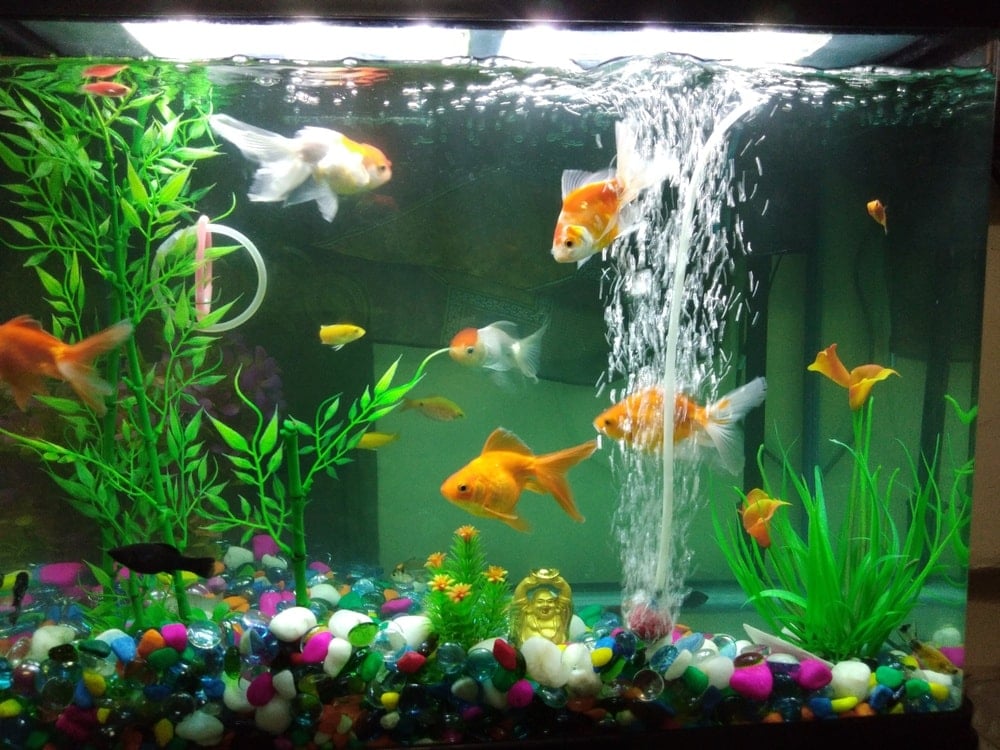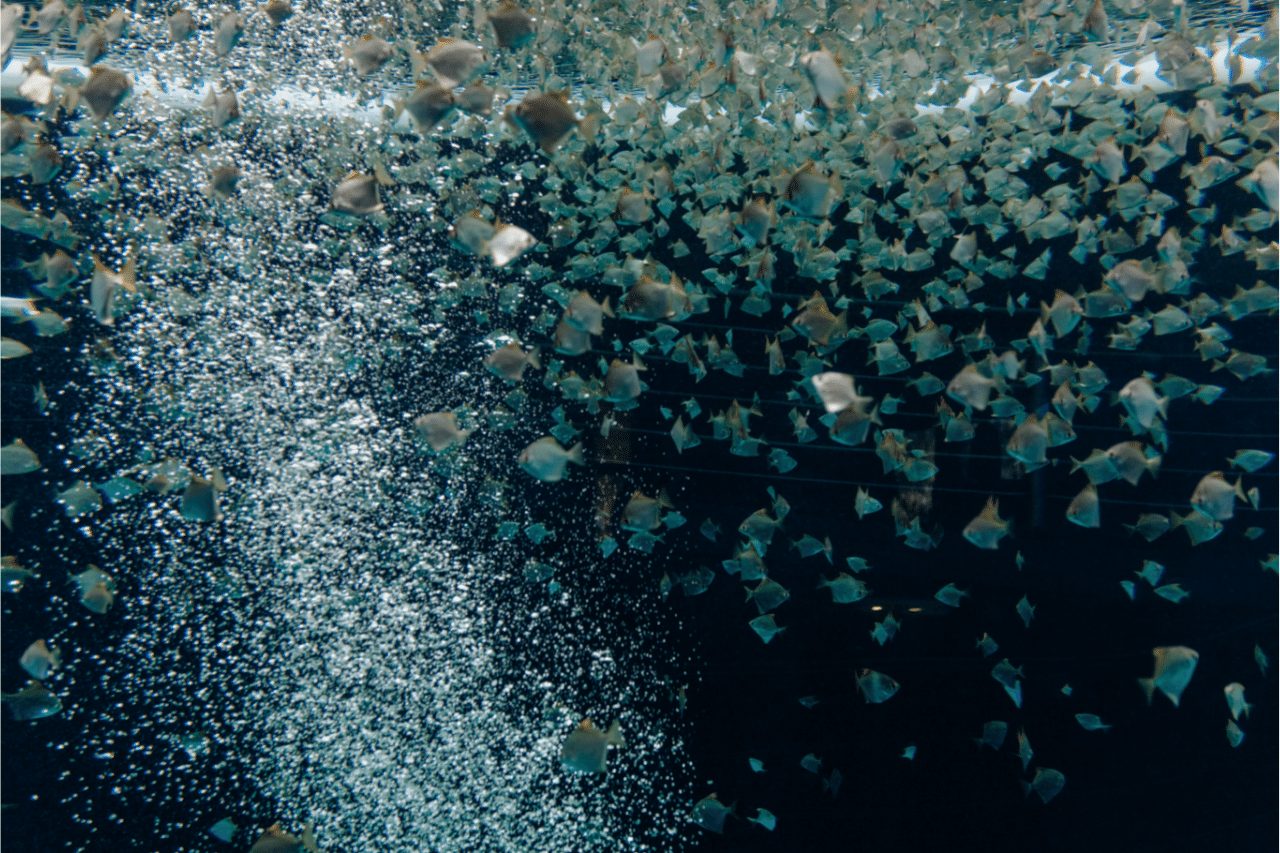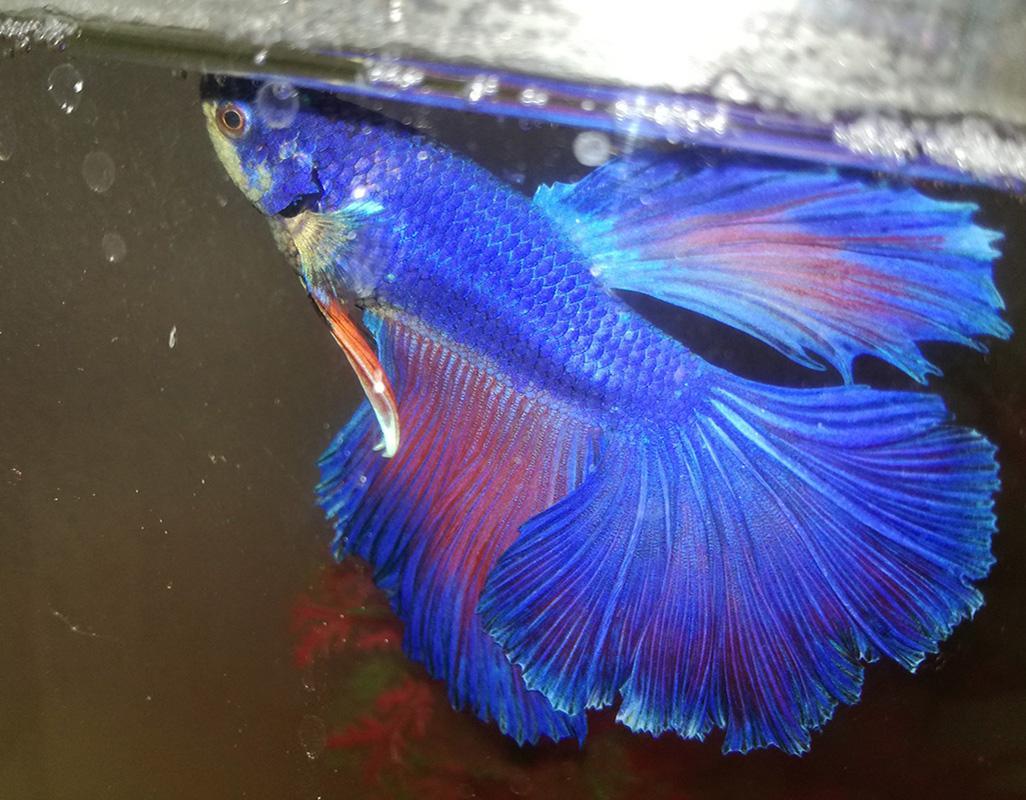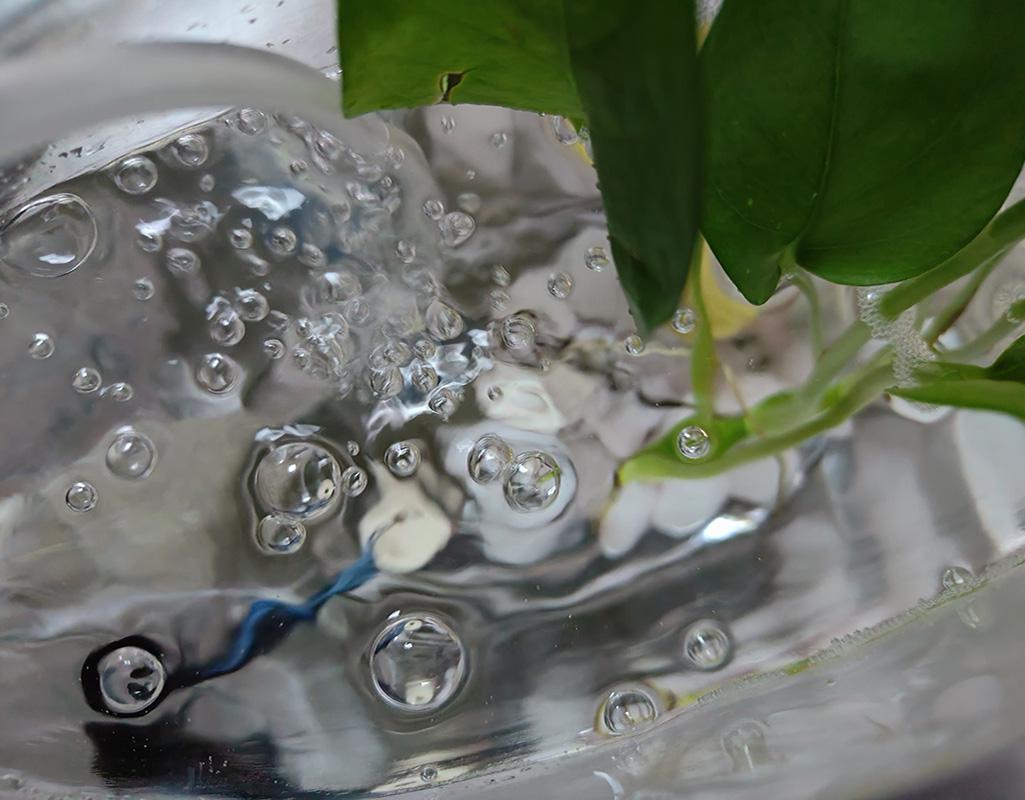The Aesthetic Allure of a Crystal Clear Aquarium Top
A well-maintained fish tank, with its pristine clarity revealing a mesmerizing underwater world, is a source of tranquility and joy for many hobbyists. However, the trouble with bubbles accumulating at the aquarium’s surface can disrupt this serenity, marring the otherwise perfect view. These unwelcome visitors not only spoil the visual appeal but can also hint at underlying issues impacting water quality and the health of aquatic inhabitants. Addressing bubble troubles requires understanding their origins, the implications they carry, and implementing effective strategies to restore and maintain the clarity your aquarium deserves.

Understanding the Origins of Surface Bubbles
Bubbles in a fish tank typically arise from several sources. The most common is excess surface agitation caused by powerful filters or strong water circulation, which introduces air into the water column. Another frequent culprit is the aeration process itself, particularly when using air stones or diffusers to increase oxygen levels for the benefit of fish and plants. Overfeeding can also contribute, as uneaten food decomposes, releasing gases that rise to the surface. Additionally, chemical reactions from certain treatments or even natural biological processes within the tank can lead to gas formation and bubble accumulation.
Why Bubbles Matter: More Than Just an Eyesore
While bubbles may seem like a mere aesthetic issue, they can signify deeper problems if left unaddressed. Excessive surface disturbance can create stress for fish, particularly those species adapted to calm waters, potentially leading to health complications. Furthermore, a persistent layer of bubbles can interfere with gas exchange – the process by which oxygen enters the water and carbon dioxide exits – impairing the overall water quality. This can negatively affect the entire ecosystem within the tank, from the tiniest microorganisms to the most vibrant coral reefs. Therefore, managing bubble accumulation is integral to maintaining a healthy and balanced aquarium environment.

Strategies for Bubble Mitigation: Mechanical Adjustments
Addressing bubble troubles often begins with tweaking the mechanical setup of your aquarium. If filter output is too forceful, adjusting the flow rate or redirecting the outflow to minimize surface disturbance can alleviate the problem. Similarly, repositioning air stones or adjusting the air pump’s output can strike a balance between necessary aeration and unwanted bubbling. Installing a pre-filter sponge on the intake of your filtration system can also help trap larger air pockets before they reach the main unit, reducing bubble production. These adjustments are simple yet effective ways to minimize bubble formation without compromising on the essential functions of your aquarium equipment.
Aquarium Maintenance: A Proactive Approach
Regular maintenance is paramount in preventing bubble buildup and promoting overall aquarium health. Weekly partial water changes help dilute accumulated gases and remove debris that could contribute to unwanted gas production. It’s equally important to clean filter media regularly to maintain optimal performance and reduce the introduction of excess air into the system. Overfeeding must be avoided; only offer what your fish can consume within a few minutes and remove any leftovers promptly. Furthermore, pruning aquatic plants and removing dead plant matter can reduce decaying organic material, another source of gas release.

Chemical Intervention: A Last Resort
In some cases, despite mechanical and maintenance efforts, stubborn bubbles persist. Here, using chemical treatments designed to break down surface tension can be considered, but with caution. These products, often containing surfactants, can effectively disperse surface bubbles, but their use should be infrequent and in accordance with manufacturer instructions. Overuse can disrupt the water chemistry and stress aquarium inhabitants. Always consult with a knowledgeable aquarium specialist before introducing any chemical treatment to ensure compatibility with your specific aquatic ecosystem.
Designing for Bubble Control: Aquascaping Techniques
Aquascaping, the art of arranging aquatic plants and decorations, offers creative solutions to manage bubbles. Strategically placing floating plants like water lettuce or salvinia can act as a natural barrier, calming the water surface and trapping rising bubbles. Tall aquarium plants positioned near strong currents can also help dissipate energy before it reaches the water’s surface. Moreover, incorporating a background of dark or muted colors can visually minimize the appearance of bubbles, enhancing the viewing experience.

Incorporating Natural Elements: Biological Balance
Introducing or maintaining a balanced population of algae-eating species, such as certain types of snails, shrimp, or fish, can contribute to bubble mitigation indirectly. Algae, when left unchecked, can produce gases during decomposition, leading to bubble formation. These biological controls help keep algae growth in check, thereby reducing gas accumulation from decomposing organic matter.
Advanced Filtration Technologies
For more sophisticated setups, investing in advanced filtration systems can offer superior control over bubble production. Protein skimmers, commonly used in saltwater aquariums, are highly efficient at removing organic compounds before they break down and release gases. They work by creating fine bubbles that attract and collect waste materials, which are then skimmed off the surface, thus addressing bubble issues at their source.
Temperature and Pressure Management
Temperature fluctuations can influence gas solubility in water, with warmer temperatures reducing it. Maintaining a stable and appropriate temperature for your aquarium inhabitants not only benefits their health but also helps control gas release. Additionally, ensuring that your aquarium isn’t subjected to rapid pressure changes, which can occur during transportation or when filling, can prevent excessive gas dissolution and subsequent bubble formation.
Aesthetics and Functionality Merge
When all else fails, integrating design features that both conceal and control bubbles can be a creative solution. For instance, using an overflow box with a built-in bubble trap can silently and efficiently divert excess air from the main display tank to a sump or filter chamber. Concealing powerful returns behind decorative elements or within carefully crafted rockwork not only hides potential bubble sources but also adds visual interest to the aquascape.

Conclusion: Achieving and Maintaining Clarity
The quest for a clear fish tank top, free from bubble troubles, is a journey that intertwines aesthetics with aquarium health management. Through a combination of mechanical adjustments, diligent maintenance, thoughtful design, and cautious use of chemical aids when necessary, hobbyists can overcome this common challenge. Remember, a pristine aquarium not only pleases the eye but also fosters a thriving underwater habitat for all its inhabitants. With patience, attention to detail, and continuous learning, you can transform your aquarium into a mesmerizing showcase of clarity and harmony.
Bubble mitigation in aquariums requires a multifaceted approach that combines mechanical adjustments, regular maintenance, careful consideration of chemical interventions, strategic aquascaping, integration of natural biological controls, utilization of advanced technology, and attention to environmental factors. By addressing bubble issues comprehensively, hobbyists can create a healthy, visually pleasing environment for their aquatic life while minimizing unwanted disturbances on the water surface.










